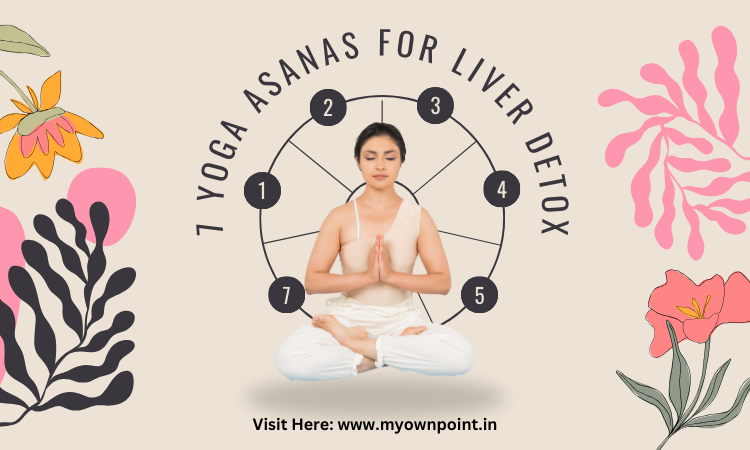Today our life, which should be full of energy, is getting over. In such times we need some refreshing power. Kundalini Yoga is suitable for beginners and is known as one of the yoga forms to awaken you to the power of inner energy. Through the breath, specific movements, and proper timing, this practice strengthens the nervous system at the cellular level and increases your energetic awareness.
Now we want to share this energy secret with others to understand kundalini and get people to live this high-vibrational lifestyle.
Also Read: Pilates vs. Yoga: Which is More Effective for Weight Loss?
What is Kundalini Yoga?
Kundalini Yoga is a powerful and transformative practice passed down from generation to generation. It is based on ancient Indian traditions and is a holistic approach to physical, mental, and spiritual well-being. This ancient healing practice has technologies that have proven to activate specific parts of your brain with increased awareness and allow for more balanced control.
This form of Yoga combines various elements such as postures (asanas), breathing (pranayama), mantra chanting, meditation, and deep relaxation. These practices help to balance the body, mind, and spirit, promoting a sense of harmony and inner awakening.
Where Did Kundalini Yoga Start?
Origins and Philosophy of Kundalini Yoga introduced the practice to Western countries in the 1960s. The term Kundalini comes from the Sanskrit word Kundal, which means circular. It also refers to a coiled snake as “mindfulness yoga.
Therefore, it is considered a late energy center for Brahman, believed to coil at the base of the spine to rise through the body’s chakras. However, a perusal of mystical literature and traditions has shown that Kundalini, referred to by various names, has been a universal phenomenon in esoteric teachings.
There are the 7 chakras of Kundalini and awakening in your body include:
- Root Chakra
- Heart Chakra
- Throat chakra
- Sacral Chakra
- Solar plexus, chakra
- Third eye chakra
- Crown Chakra
Also Read: Yoga Poses to Regulate Hormones: 5 Moves That’ll Help
How many chakras are there in Kundalini?
In Kundalini Yoga, the chakras play a significant role as energy centers within the body. To understand and work with these 7 chakras, you must practice and facilitate the energy with the seven main chakras.
1-Muladhara Chakra (Root Chakra)
Located at the base of the spine, the Muladhara Chakra represents our foundation and connection to the earth. It governs our sense of stability, rootedness, and survival instinct, such as Root Lock (Mulabandha). Specific asanas such as Mountain Pose (Tadasana) and grounding meditation can be employed to activate and balance this chakra.
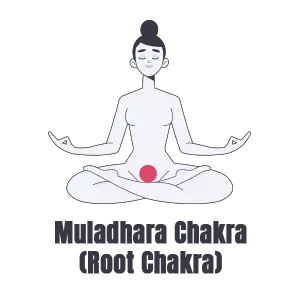
2- Swadhisthana Chakra (Sacral Chakra)
Situated in the lower abdomen, the Swadhisthana Chakra is associated with creativity, sexuality, and emotional well-being. To activate and balance this chakra, practices like Pelvic Tilts, Butterfly Pose (Baddha Konasana), and meditation focusing on the sacral area can be beneficial.
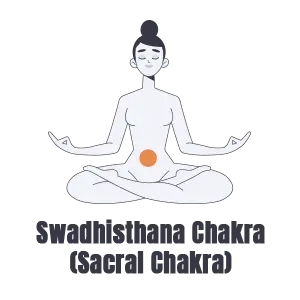
3- Anahata Chakra (Heart Chakra)
It is located in the center of the chest, it represents love, compassion, and emotional balance. You can practice exercises such as heart-opening asanas (camel pose, cobra pose), heart-centered meditation, and cultivating loving kindness to activate and balance this chakra.
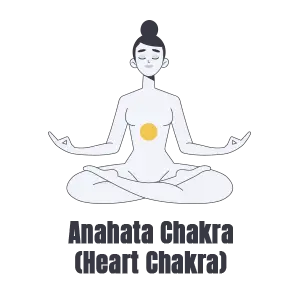
3- Manipura Chakra (Solar Plexus Chakra)
Located in the lower abdomen, the Swadhisthana chakra is associated with creativity, sexuality, and emotional well-being. Exercises such as pelvic tilt, butterfly pose (Baddha Konasana), and sacred area meditation can be helpful to activate and balance this chakra.
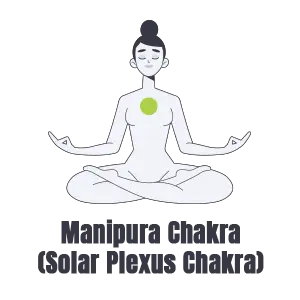
4- Vishuddha Chakra (Throat Chakra)
It is situated in the throat area, associated with communication, self-expression, and authenticity. Practices such as neck twists, shoulder poses (Sarvangasana), mantra chanting, and voice-strengthening exercises can activate and balance this chakra.
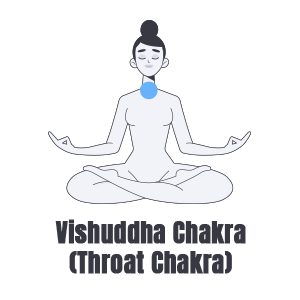
5- Ajna Chakra (Third Eye Chakra)
It is between the eyebrows and represents intuition, insight, and inner wisdom. To activate and balance this chakra, practices such as gaze meditation (Trataka), child pose (Balasana), and visualization techniques using indigo light or the symbol of an eye can be used.
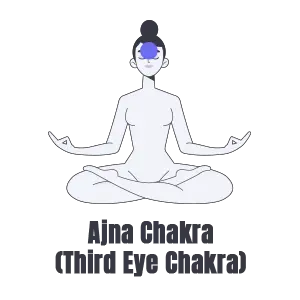
6-Sahasrara Chakra (Crown Chakra)
At the top of the head, the Sahasrara chakra symbolizes spiritual connection, enlightenment, and transcendence. Exercises like crown lift, Sirsasana, and crown-focused meditation can be used to activate and balance this chakra.
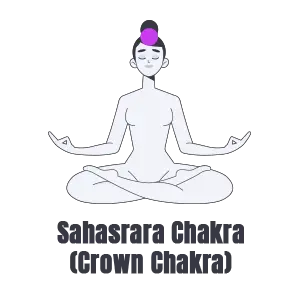
Also Read: Ashwagandha For Hair Growth To Get Stronger Scalp
Benefits of Kundalini Yoga Practice
It includes increased vitality, enhanced mental clarity, stress reduction, improved physical strength and flexibility, emotional balance, and a deeper connection to oneself. These simple techniques, like breathing, mantra repetition, or short meditation sessions, can be practiced anywhere. It transforms your everyday lives in a better way with time.
- Kundalini Yoga experienced immediate stress relief practice. This form may be an effective treatment option for people with generalized anxiety disorder.
- It facilitates and conducts, increasing vitality, stamina, and overall energy levels that help combat fatigue and promote a sense of aliveness.
- Combining dynamic movements and asanas strengthens the muscles, improves flexibility, and enhances overall physical well-being.
- Some techniques, such as breathwork, meditation, and chanting, profoundly impact the nervous system, relieving stress, anxiety, and depression.
- Specific meditative practices help calm the mind, improve concentration, and enhance mental clarity also aids in improving memory and cognitive function.
- Because of higher consciousness, it is also called the “yoga of awareness. These chakras can experience a deeper connection to their inner selves and a heightened sense of spirituality.
- It encourages the release of stagnant emotions and facilitates emotional healing, allowing personal growth and transformation.
- Its relaxation techniques, such as deep relaxation (Savasana) and Yoga Nidra, encourage better sleep quality and induce deep relaxation and rejuvenation.
- Focusing on the third eye (Ajna Chakra) can help develop intuition and expand creative potential, leading to greater insight, innovative thinking, and a deeper connection to inner wisdom.
Conclusion
As you can see, this article explains many benefits of Kundalini Yoga. It offers a profound journey of self-discovery and transformation by awakening latent energy. With regular practice and guidance, people can tap into their incredible potential and embark on personal growth, inner peace, and spiritual awakening.





